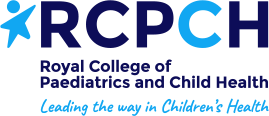Teething (Babies)
Key health professionals who can provide this advice:
- Midwives
- Health visitors
- Nursery nurses
- Dental professionals
Key messages:
- The first teeth (milk teeth) to appear are usually the bottom front teeth (incisors) at around 4-6 months, followed by the top front teeth. After that come the other incisors, first molars, canines and then second molars. Your child should have 20 baby teeth by the time they are two and a half years old
- Baby teeth sometimes come through with no pain or discomfort at all. At other times, you may notice:
- your baby's gum is sore and red
- one cheek is flushed
- they are rubbing their ear
- your baby is dribbling more than usual
- they are gnawing and chewing on things a lot
- they are more fretful than usual
- Some people think that teething causes other symptoms, such as diarrhoea and fever, but there's no evidence to support this. Please arrange for your baby to see a doctor if they seem unwell whilst cutting their teeth. If a baby seems unwell whilst teething it is best you speak to a health visitor or doctor
- They may find it a relief by chewing on something e.g. a teething ring. Teething gels don’t usually help, but if you decide to try one, make sure it is suitable for a baby and sugar-free. Sugar-free paracetamol or ibuprofen can be given to relieve teething symptoms in babies and young children aged 3 months or older




